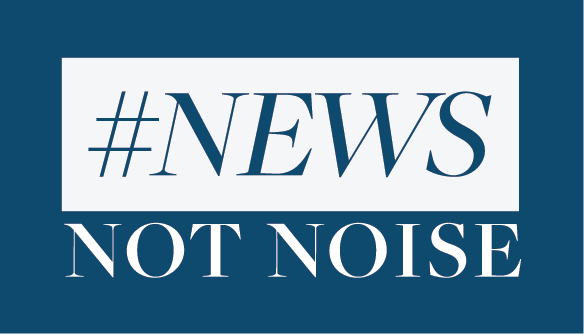"The reality is December and January and February are going to be rough times," CDC Director Robert Redfield told the US Chamber of Commerce. "I actually believe they're going to be the most difficult time in the public health history of this nation."
On Wednesday alone, more than 2,800 people died of COVID-19 in the US, the highest single-day death toll of the pandemic. Redfield said 90% of U.S. hospitals are in the red zone, with more than 100,000 people hospitalized, according to data from The COVID Tracking Project.
Against this backdrop, President-elect Joe Biden is urging Congress to take action fast. That includes funding states to help keep essential workers on the job.
“When you have cops and firefighters and first responders across the board being laid off,” he said. “When you’re not getting the kind of distribution of vaccines out to rural America, it has to have some consequences.”
So far, Congress is far from a deal.
Democrats backed off their long-held position that stimulus must be north of $1 trillion and accepted a compromise framework put forward by a bipartisan group of moderates.
That would replenish unemployment benefits and get some support to states and small businesses before they reach a Dec. 31 deadline.
But Republican leadership has so far refused to accept the same starting place.
On Thursday, Senate Majority Leader Mitch McConnell said compromise is possible, then doubled down on his original proposal for a smaller package that includes proposals Democrats consider anathema, like tax credits for business executive who lunch.
The stimulus is meant to keep households and businesses afloat until a vaccine is widely available – And progress is happening on that front.
The United Kingdom became the first Western nation to authorize a Covid-19 vaccine, and they approved a vaccine made by an American company. Operation Warp Speed chief science adviser Moncef Slaoui told Good Morning America he “would expect the FDA to reach a similar conclusion.”
The FDA has indicated it plans to decide on authorization of the first promising vaccines – from Pfizer and Moderna – by mid-December and begin making rollout plans immediately.
However, the final distribution priorities will be decided by the states, and governors will have leeway to decide who gets the vaccine first. State plans vary.
For example, in Virginia, health care workers and residents of long-term care facilities are likely to be first in line, followed by essential workers and medically vulnerable individuals.
But in Florida, residents of long-term care facilities are likely to be top priority, followed by high-risk frontline health care workers, and anyone 65 and older and/or those with significant comorbidities.
According to a Kaiser Family Foundation analysis, nursing home COVID-19 deaths account for 40% of all U.S. COVID-19 deaths.
In the initial phases, there should be enough vaccines to inoculate approximately 20 million Americans. And experts are optimistic that if all goes as planned, Americans who want the vaccine will be able to get their shots by June of 2021.
But, again, that is only if everything goes according to plan. And that depends on a high level of cooperation among the federal government, the pharma companies, state and local governments and Congress.
So far, we’re only part way there.




